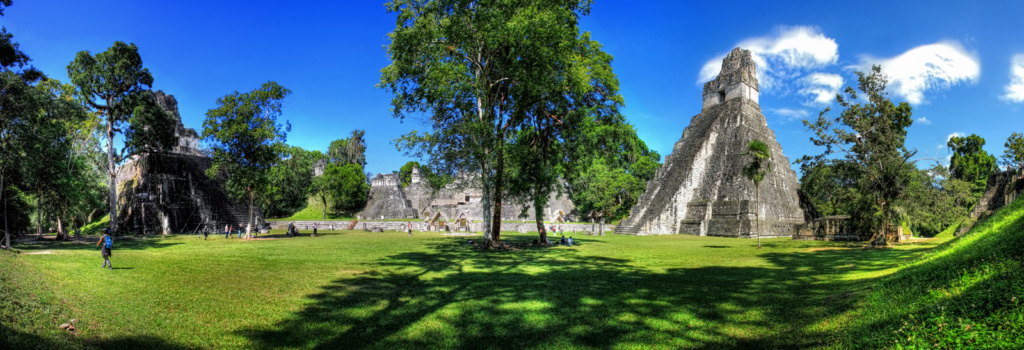

Extending indicators of pre-and post-depositional processes commonly employed in osteological analyses (e.g., visible burning, breakage, and surface modification patterns) to other types of artifacts (including lithics and ceramics) not only reveals the curation and ritual reuse of refuse by the ancient Maya of El Zotz, but also troubles the stability of the category of "termination". Drawing on a case study from the ancient Maya site of El Zotz, Guatemala, I show that attention to the specific ways that people in the past manipulated, collected, and buried the components of an assemblage can yield more nuanced interpretations of ancient practices than those provided by an a priori label like "termination". This article critically examines the history, usage, and limits of "termination" as a cultural concept, an archaeological category, and a hermeneutic tool. Over time, the term has become so capacious as to not only describe quite varied archaeological assemblages, but also explain how they came to be formed and why they exist. The "termination" label is widely accepted, but ambiguous. To illustrate this point, I provide a common example from Mesoamerican archaeology, where one particular archaeological category-"termination"-is applied to a diverse array of complex assemblages of fragmented materials. It highlights the ways in which labels created to interpret archaeological phenomena can, over time, become reified and even appear as archaeological entities themselves. This article questions the limits of archaeological categories. Con el tiempo, el Edificio X fue convertido en una piramide grande, en la cual durante el período Clásico (250-800 d.C.) fueron depositados varios entierros, lo que le convierte en un mausoleo importante que contiene sepulturas de los miembros de la elite local. Este tipo de grupos constituyen la manifestación mas antigua de la arquitectura monumental en las Tierras Bajas Mayas. Los trabajos de investigación demostraron que la primera versión mayor de este edificio consistió en una plataforma de tres terrazas fechada para el período Preclásico Medio (750-300 a.C.), la que formaba parte de un complejo importante de edificaciones al que se denomina como tipo Grupo E. Resumen Las investigaciones recientes en el centro maya de Nakum (localizado en el Noreste de Guatemala) incluyeron excavaciones intensivas del Edificio X (también conocido como Edificio 104)-uno de los templos piramidales más grandes en este sitio.

We also describe similar lithic deposits associated with some of the richest Lowland Maya tombs and present their meaning and symbolism. In this article we discuss ancient Maya burial customs as documented in Structure X and present it in a wider perspective. The tomb chamber was also covered by a deposit consisting of several thousand flint flakes that most probably had some symbolic meaning. This tomb had 11 vessels, including beautiful examples of polychrome Maya ceramics (representing different supernatural beings), many marine materials, five stingray spines and other artefacts. It is most likely the resting place of one of the Nakum kings reigning during the Early-Late Classic transition (c. 8) was discovered below the floor of the temple building located on top of the pyramid and was a richly equipped tomb. With time, Structure X was converted into a large pyramidal structure in which several burials were situated during the Classic period (ad 250-800), making it an important mausoleum with interments of important elite members of local society. Such groups constitute the oldest manifestation of monumental architecture in the Maya Lowlands. This research showed that the first major version of this building consisted of a three-terraced platform dated to the Middle Preclassic period (750-300 bc), which was part of an important complex, the so-called E-Group. Structure 104)-one of the largest pyramidal temples at this site.

Recent investigations at the Maya centre of Nakum (located in northeastern Guatemala) included intensive excavations of Structure X (a.k.a.


 0 kommentar(er)
0 kommentar(er)
